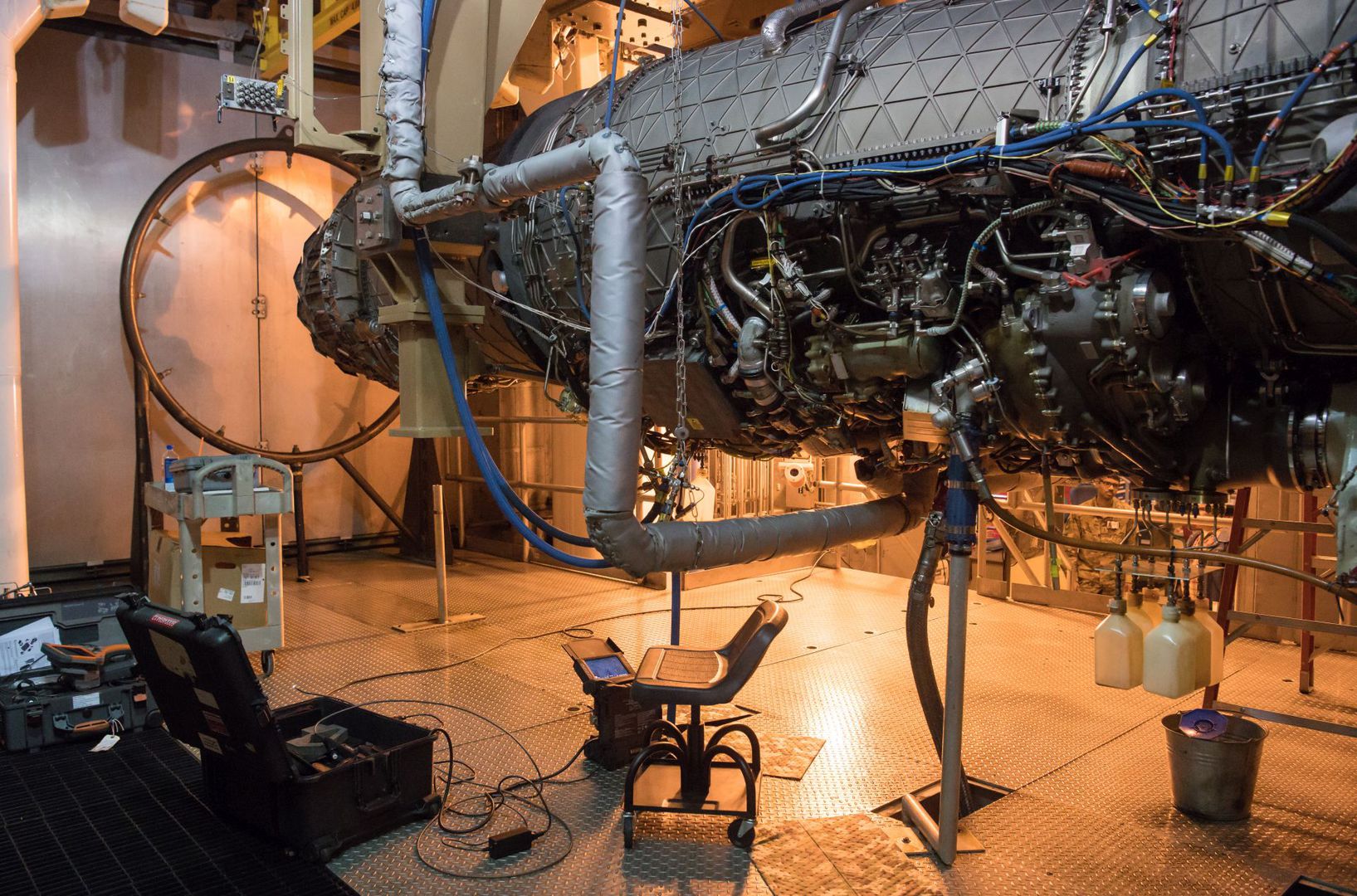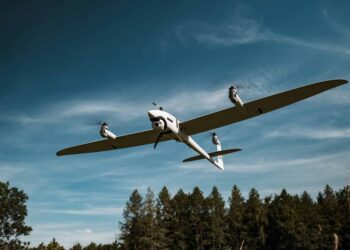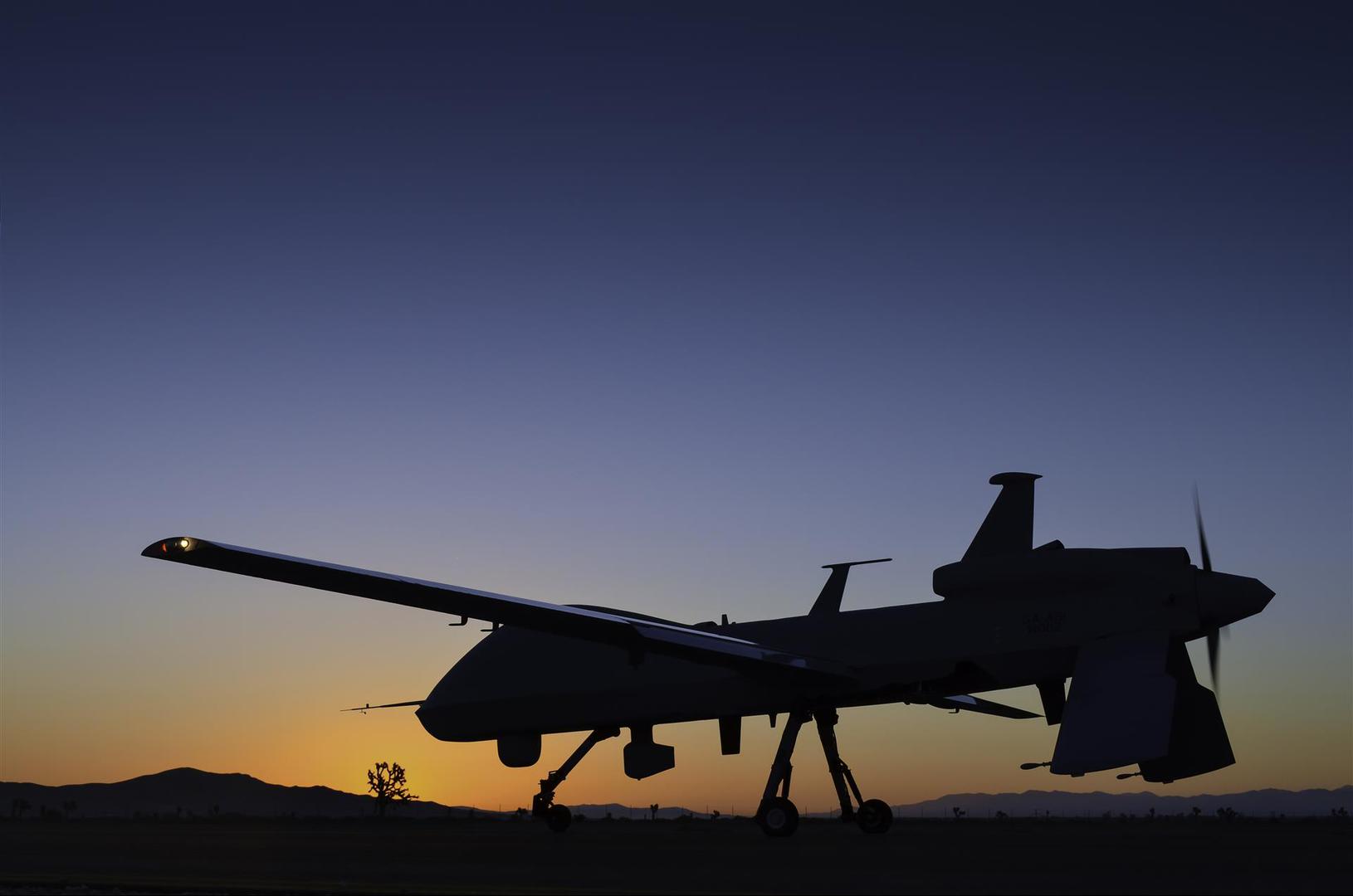ARNOLD AIR FORCE BASE: The Pratt & Whitney F135 engine has returned to Arnold Engineering Development Complex for another round of testing, with a fresh engine component the focus of the latest efforts.
The F135, which powers the F-35 Lightning II aircraft, is currently undergoing testing in one of the Sea Level Test Cells at Arnold. Since late June, a newly-designed fan rotor installed in the engine has been subjected to endurance and Accelerated Mission Testing.
Accelerated Mission Testing, or AMT, is a testing method used to rapidly age an engine, allowing for the identification and correction of issues before they would occur in normal use. Through AMT, a tested engine will accumulate several years of normal life in a short amount of time.
“The whole purpose of an AMT is to basically put some wear and tear on the engine, if you will, some life, that simulates what it would have out in the field,” said Test Manager Don Corona, now retired. “But instead of waiting several years to get that, we accomplish that in several months.”
Not only does the AMT consist of testing at ambient air conditions, but it also includes RAM. The term “RAM” refers to the use of test facility compressors to increase the engine inlet pressure and temperature to more closely simulate actual flight conditions.
Corona said RAM simulates high speed travel at a low altitude, allowing engineers to assess how these conditions impact the engine and its components.
“The Sea Level AMT does put wear and tear on the engine that you would see in operation. However, the RAM conditions ensure that we also have data that is representative of flying at high speed at low altitude conditions, which is actually a harsher environment for the engine,” Corona said.
Corona said the test is all about making sure the new fan rotor design checks out before it finds its way into the engine of an F-35.
“This testing will then allow that new design to be disseminated to the fleet,” he said. “We can’t just take a new design and put it out there on the engines, so this is going to be part of the testing to get it qualified to be put on an engine out in the fleet.”
After testing has concluded, the engine will be disassembled and examined.
“When the engine is done testing, they will tear the engine down and they will examine all the components in what is called an ACI – an Analytical Condition Inspection,” Corona said. “They will look at all the engine components at that time, and they’ll see if the wear on all the engine parts is consistent with what they would expect.”
The F135 also underwent testing last year to cover pre-AMT objectives. That testing concluded in late 2018, around six months before the AMT involving the newly-designed fan rotor began.
Testing of the F135, which is sponsored by the F-35 Joint Program Office, is set to continue into 2020.
“We are going to be testing it a little bit beyond its normal service life to collect data to support the decision makers with regard to extending the service life of the engine out in the field,” Corona said.
Corona commended the efforts of those who have worked on the recent F135 testing.
“The crews that have been running this test have been working very hard and very efficiently, and they have been doing such a good job that we are actually running ahead of schedule and under budget,” he said. “I think the crews really need to be commended for that, everybody associated with this project.
“They have also been very alert and notified the proper authorities when something needed attention so that it was remedied in a timely fashion. Overall, it has been an outstanding job by everybody on this project.”
Prior to the testing that began last year, the F135 program had tested well over 5,500 hours in various test cells across AEDC.











